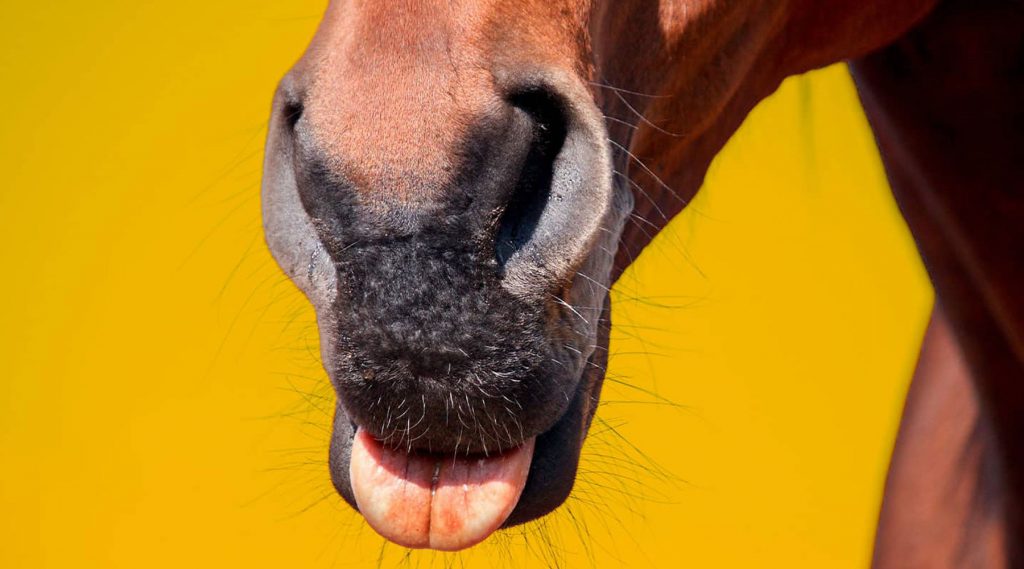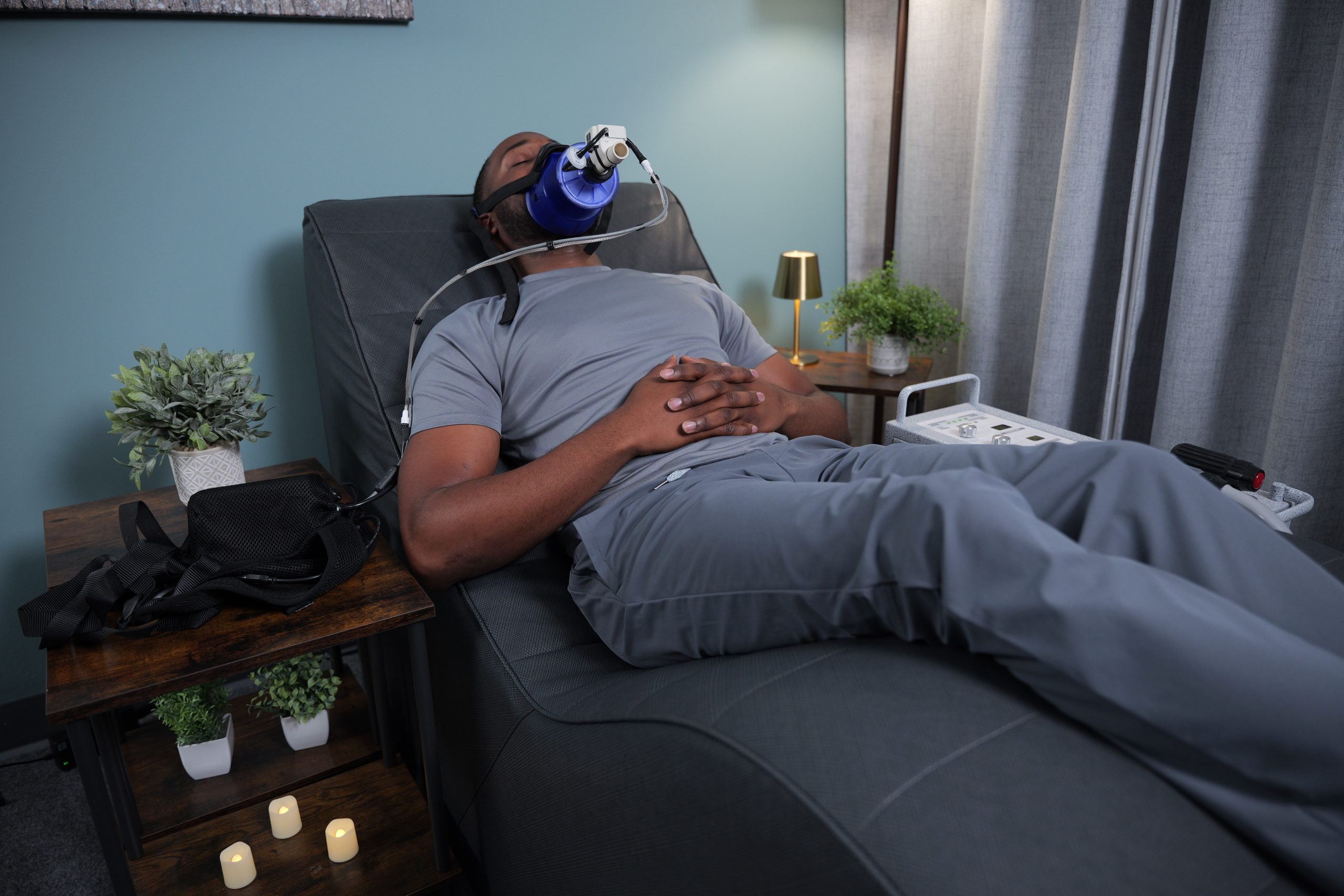Our professionals often notice horses moving their mouths in a “licking and chewing” motion even though they aren’t actually consuming anything. It happens most commonly in training scenarios and also during therapeutic sessions. To understand this body language, we need to dive into the function of the Autonomic Nervous System.
Sympathetic Nervous System
The sympathetic and parasympathetic divisions comprise the ANS. Together, they regulate certain body functions such as heart rate and digestion and act mostly unconsciously. The sympathetic division promotes the fight or flight response. When horses are in pain or feel threatened, stressed or confused, they switch into the sympathetic stage. While in this phase, the body is preparing itself for a fight or, in most cases, flight. This response enhances circulatory and respiratory functions and dilates the pupils. The body also suppresses digestive capabilities such as salivation.
Increased blood flow helps deliver oxygen throughout the body, including the lungs. When this happens, horses are able to breathe better, which comes in handy when they need to flee from danger. When the pupils dilate, they let more light in and allow the horse to see farther. This biological response primes every sense and bodily function for optimized survival odds.
Parasympathetic Nervous System
Licking and Chewing
So where does the motion of licking and chewing or “non nutritive chewing” come into play? A study in 2018 at Norwegin University of Life Science studied feral horses and their chewing behavior sequences. They observed that the compulsive chewing occurred when horses relaxed from a tense state. The researchers concluded that the chewing motion was the body’s way of resolving the dry mouth caused by stress in the sympathetic nervous stage once the animal relaxed. While we hope to see more research on the horizon, this is a great starting point in understanding a widely misunderstood behavior.
Positive Release During PEMF
So, as a Pulse Professional or owner who observes their horse licking and chewing, what’s going on? The horse is accepting being in a relaxed state. Studies show that PEMF can activate the parasympathetic nervous system at a rate identical to that of manual acupuncture.[4]
Along with other positive signs such as a soft eye or lowered head, licking and chewing lets you know the horse is comfortable and that PEMF is being applied properly. When working with animals or sitting in on a PEMF session for your animal, always look for positive signs of release or comfort. Horses especially are sensitive and quick to tell you if something is not suitable for them. We just have to listen.
[4,5] To locate the citations referenced here, visit info.pulsepemf.com/research
Additional Works Cited
https://equitationscience.com/media/licking-and-chewing-submission-or-stress
https://thehorse.com/18825/what-does-licking-and-chewing-in-horses-mean/












